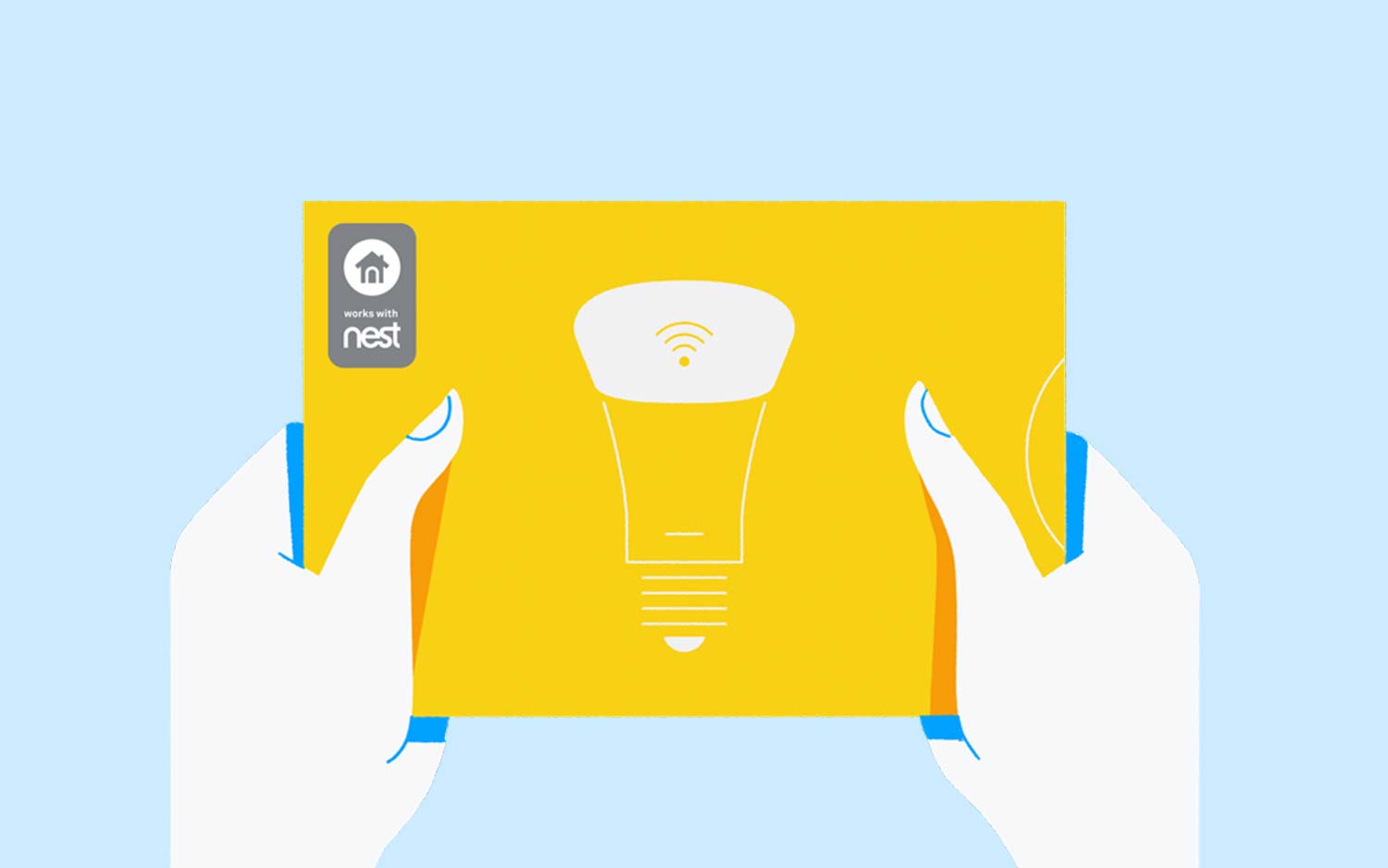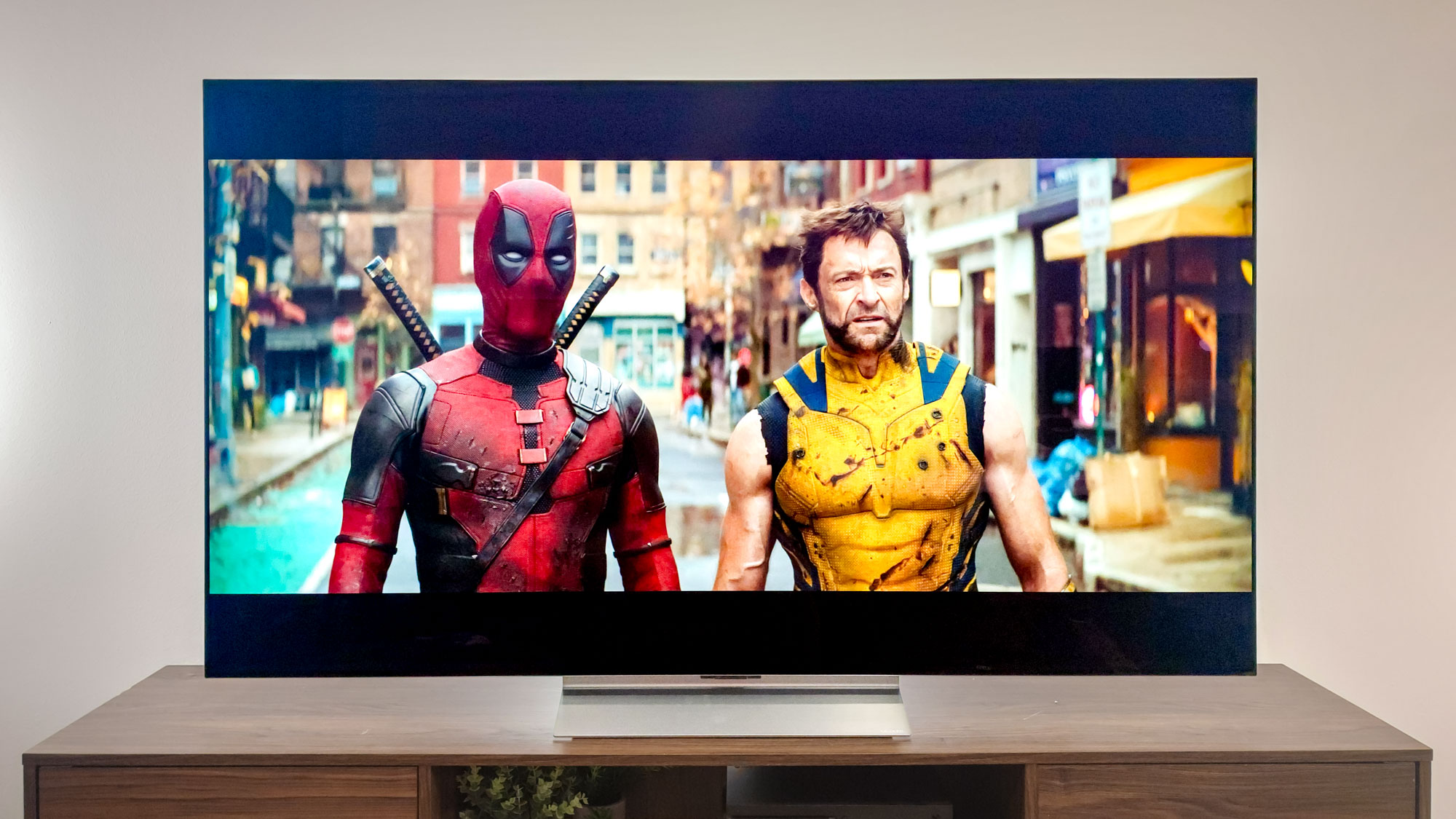Google Just Un-Killed the Best Thing About Its Nest Products
By ending the Works With Nest program so abruptly, Google is alienating both consumers and smart-home companies. Update: No longer!
Update (5/16/19): Good news: Google decided not to summarily end Works with Nest; rather, it plans to keep the program in place, but gradually bring the same functionality to Works with Google Assistant. Here's Google's statement, and here is our updated guide on the devices affected by the Works with Nest program changes.
At this year’s Google I/O conference, the company made a few strategic moves surrounding its smart-home products. For one thing, the tech giant is rebranding everything under the Nest umbrella, so that Google's security cameras, smart smoke detectors and smart displays will all have Nest in their names.

At the same time, the company has announced that it’s ending the Works With Nest program, which allowed smart-home device makers to integrate Nest products with their own gadgets in interesting and very helpful ways. For example: If a Nest Protect detected smoke or carbon monoxide, a Works With Nest integration could automatically turn on your Philips Hue- or Lutron-controlled smart lights. That’s a real safety feature that will no longer exist on September 1.
Other great things you won’t be able to do in a few months? Control your Nest thermostat from a Harmony remote, or have your lights turn off automatically when you leave the house.
Google’s justification for ending the Works With Nest program is that it will keep users’ data more private, as third parties will no longer be able to directly access or control Nest devices. That’s certainly understandable. I’m not sure I want any old smart-home device to know when I’m home and when I’m not. But more to the point, the company wants to funnel everything through Google Assistant and keep that data for itself — and also wants to know when partners’ devices are being used.
MORE: Google Ends Works with Nest: What It Means For You
Moreover, the company's plan to end Works With Nest seems abrupt and capricious, especially to the companies that were a part of the program.
“Like other Nest partners, we received no prior notice and have just learned about this from Google's public announcement,” wrote Aaron Emigh, the CEO of Brilliant, which makes a smart touchscreen that replaces a light switch and through which you could adjust the temperature of a Nest thermostat. “We are working with Google to see if there is any way to keep Nest thermostats working in the future. So far, every indication is that they are inflexible on this score.”

Moreover, there’s nothing in place at the moment to replace this functionality. The ultimate goal of the smart-home category is not to have voice assistants everywhere, ready to react to our commands (although that’s inevitable), but instead to have devices that react automatically, based on what we’re doing.
“They’re putting their customers through an unnecessarily rough transition,” says Avi Greengart of the analyst firm Techsponential. Far better, he says, would have been for Google to quietly brief some of its major partners like Lutron and Control4 beforehand, and have everything ready to go before the Works With Nest program ended.
One of the reasons I liked the Nest thermostat is that I could tie its Home and Away statuses to other devices. For example, if the Nest went into Away mode because it didn’t detect my presence, my lights would automatically turn off and enter a mode that made it look like someone was home. I can’t do that anymore.
MORE: Best Smart Home Devices - Systems, Products and Gadgets
Currently, you can only use Google Assistant to create routines that activate at a specified time, or when you say a phrase. For example, I could connect both the Nest and the lights to a Google Assistant routine, but then I’d have to say, “Hey Google, I’m leaving,” every time I walked out the door. Not as magical.
Greengart says that Google’s actions are just reinforcing a trend that’s already occurring within the smart-home space: Google and Amazon are creating competing ecosystems that won’t work with each other. For example, Ring cameras and doorbells (owned by Amazon) cannot be added as smart home devices to Google Assistant. And good luck trying to watch YouTube (owned by Google) on an Amazon Echo Show. “Unless Google and Amazon have a real detente, consumers are going to have to choose between the two,” he said.
Hopefully, Google will expand the capabilities of its Works With Google Assistant program before Works with Nest ends. Until then, if you want to create a smarter smart home, I recommend using a smart home hub, like the Samsung SmartThings. Which, of course, doesn’t work with Nest products.
Credit: Google
Sign up to get the BEST of Tom's Guide direct to your inbox.
Get instant access to breaking news, the hottest reviews, great deals and helpful tips.

Michael A. Prospero is the U.S. Editor-in-Chief for Tom’s Guide. He oversees all evergreen content and oversees the Homes, Smart Home, and Fitness/Wearables categories for the site. In his spare time, he also tests out the latest drones, electric scooters, and smart home gadgets, such as video doorbells. Before his tenure at Tom's Guide, he was the Reviews Editor for Laptop Magazine, a reporter at Fast Company, the Times of Trenton, and, many eons back, an intern at George magazine. He received his undergraduate degree from Boston College, where he worked on the campus newspaper The Heights, and then attended the Columbia University school of Journalism. When he’s not testing out the latest running watch, electric scooter, or skiing or training for a marathon, he’s probably using the latest sous vide machine, smoker, or pizza oven, to the delight — or chagrin — of his family.
-
dsignori Come on, with the hyperbole here... Really? The "best" thing about Nest was Works with Nest? Oy.Reply
The best thing about Nest is how excellent the products are, how great the app is, and how consistently they all work together. I have several different Nest products and they are all fantastic. The Works with Nest program is nice, but it is about 27th on the list of things I like about Nest now.
I am not saying that it is great that this has been removed, but with security improvements there are always trade-offs that need to happen. Perhaps there is a better way to do this, perhaps not. But I really don't think this is the big deal that you are making it out to be. -
Wampdog29 Google and Amazon have already come up with a deal. So yes. You will be able to watch YouTube on Amazon devices soon and cast prime on Google devices.Reply
